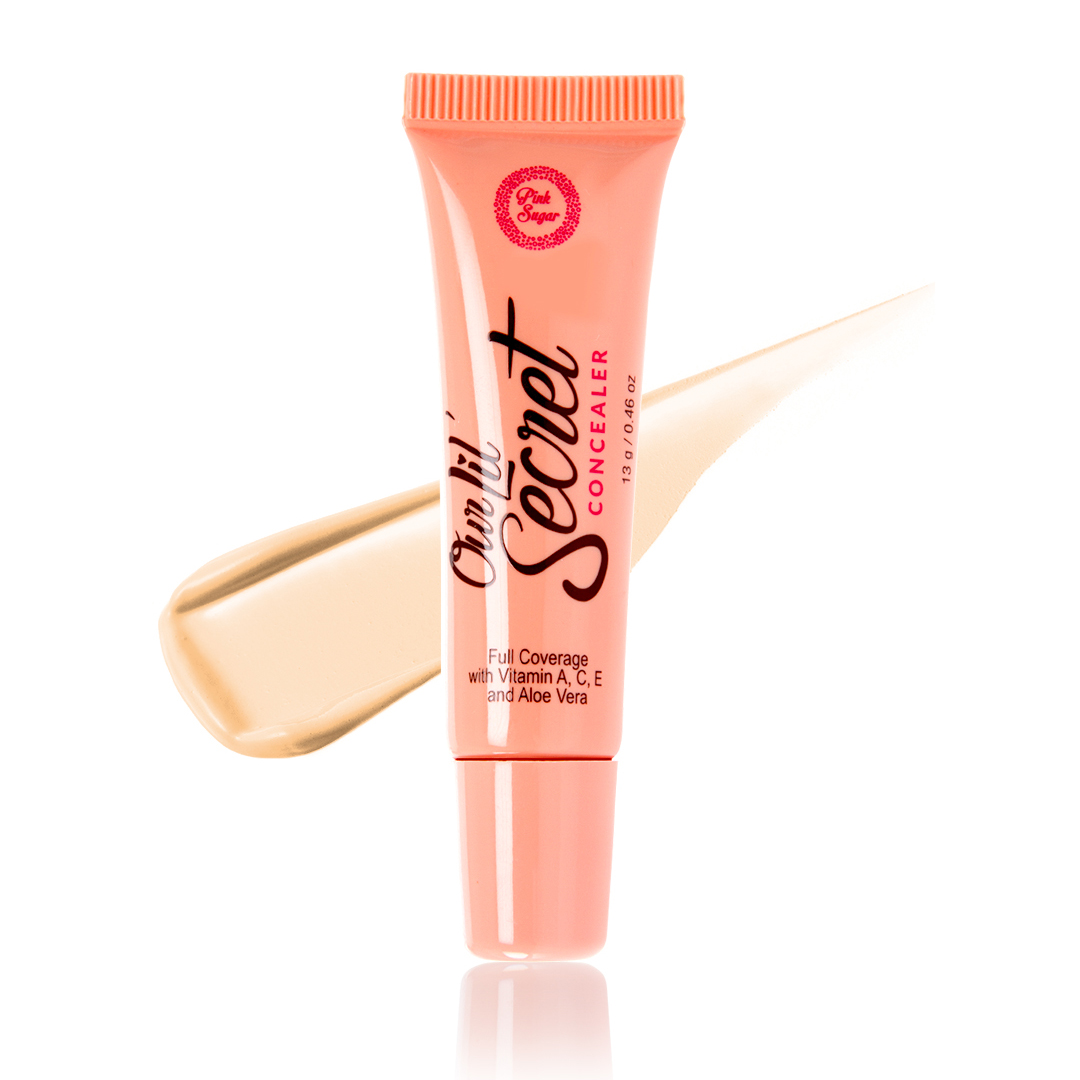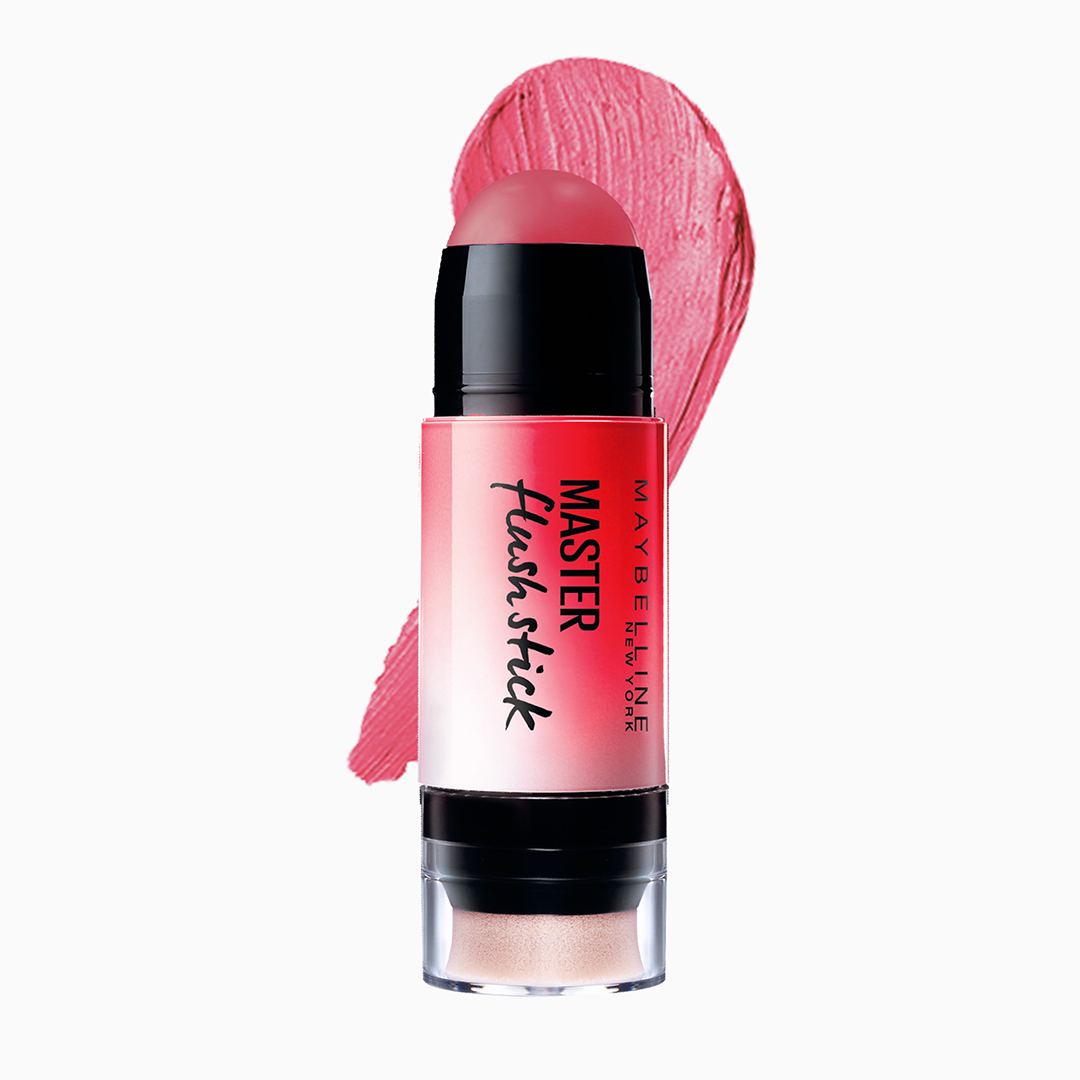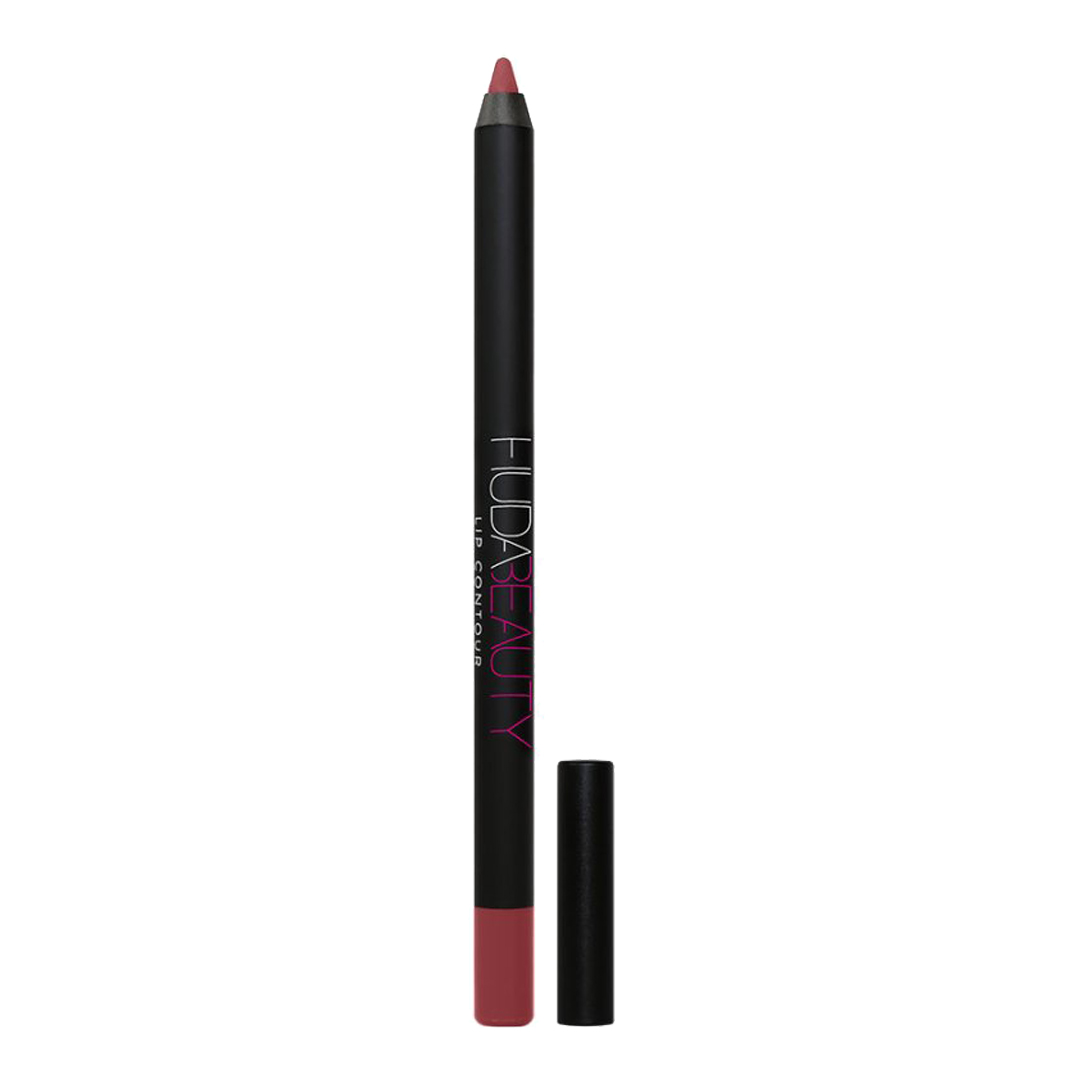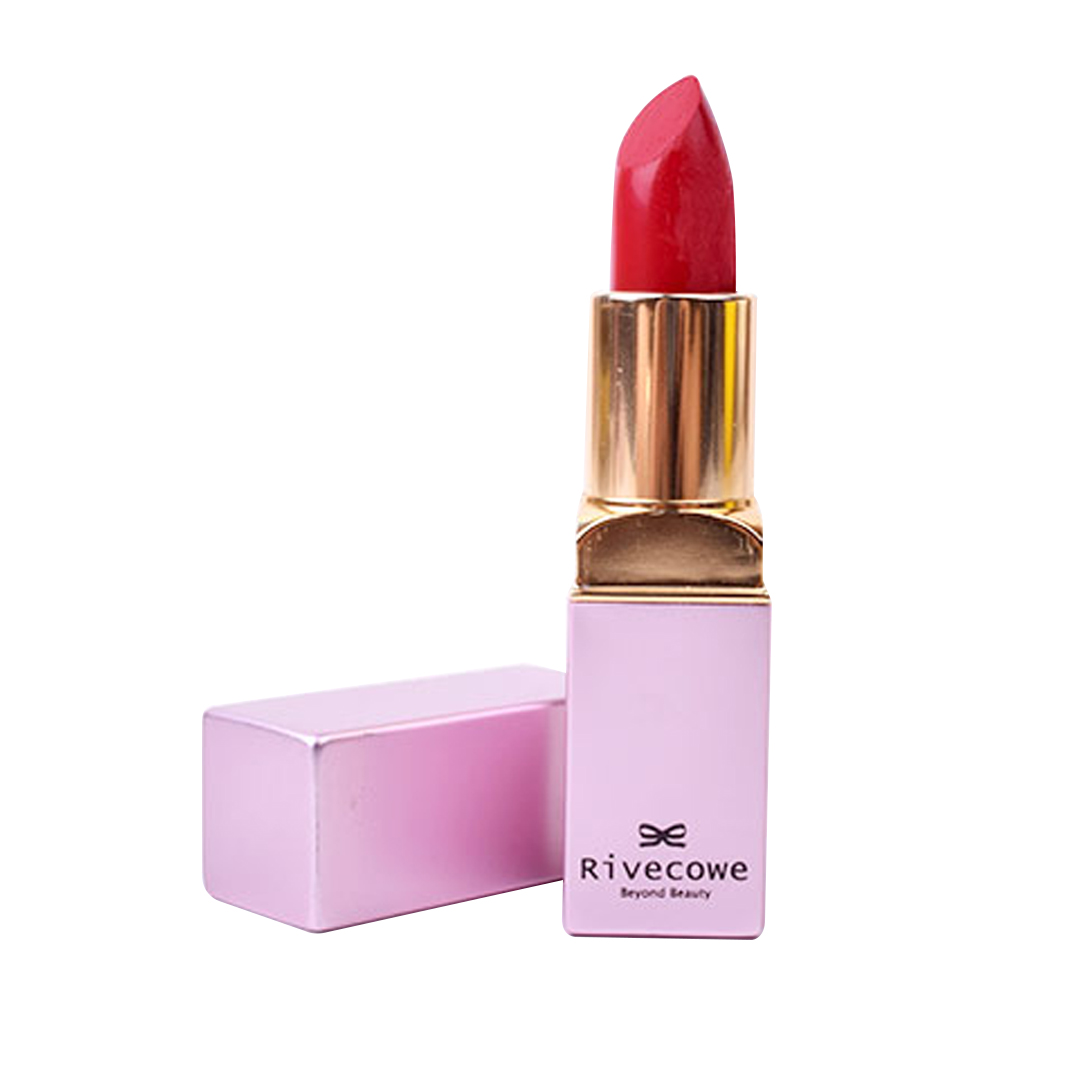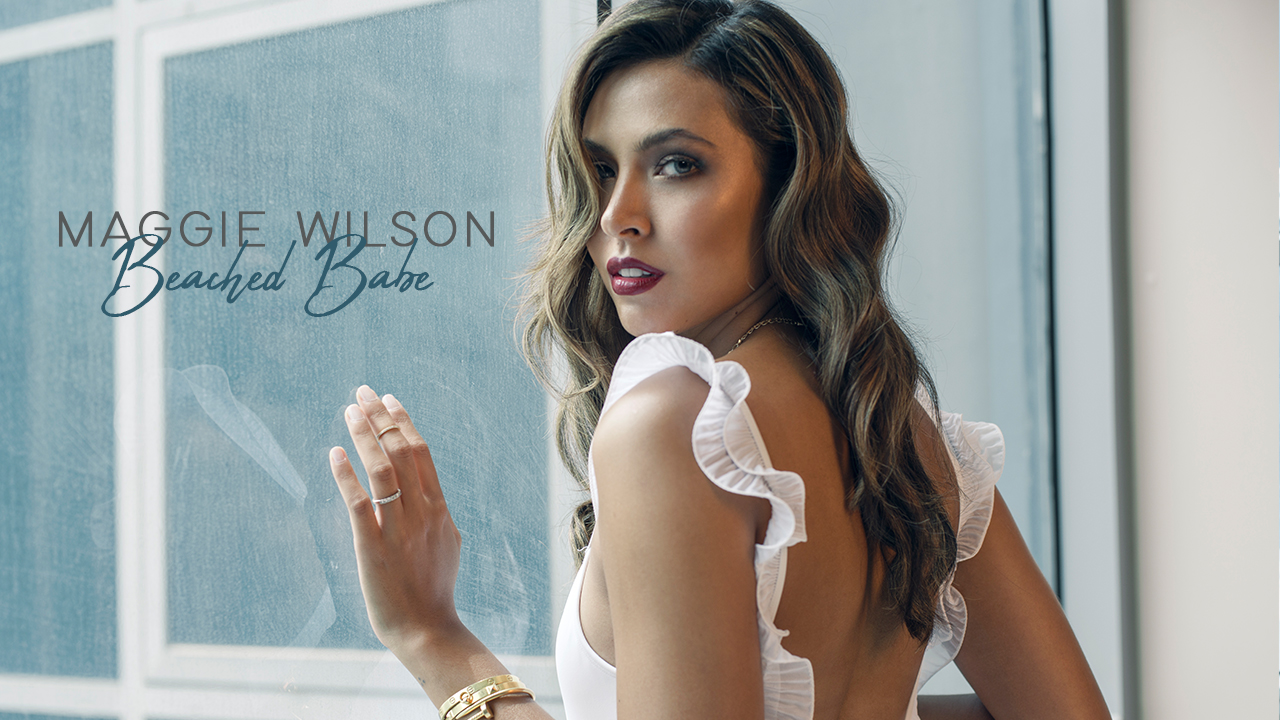
Looking at Maggie Wilson’s Instagram feed makes you immediately want to go to the beach, sip on a refreshing cocktail, and lay out in the sun to get a nice and even tan. With legs that can go on for days and an immaculately golden skin tone, our July 2018 #CalyxtaGirl is the true definition of a beach babe. This week, we talked to her more about her show, BEACHED, with friend and co-host, Marc Nelson, which airs every Saturday at 9pm on the Metro Channel. Aside from sharing about her favorite beach in the Philippines, Maggie opens up about the different environmental issues they encountered so far, and how we, as non-locals, can do something about it!
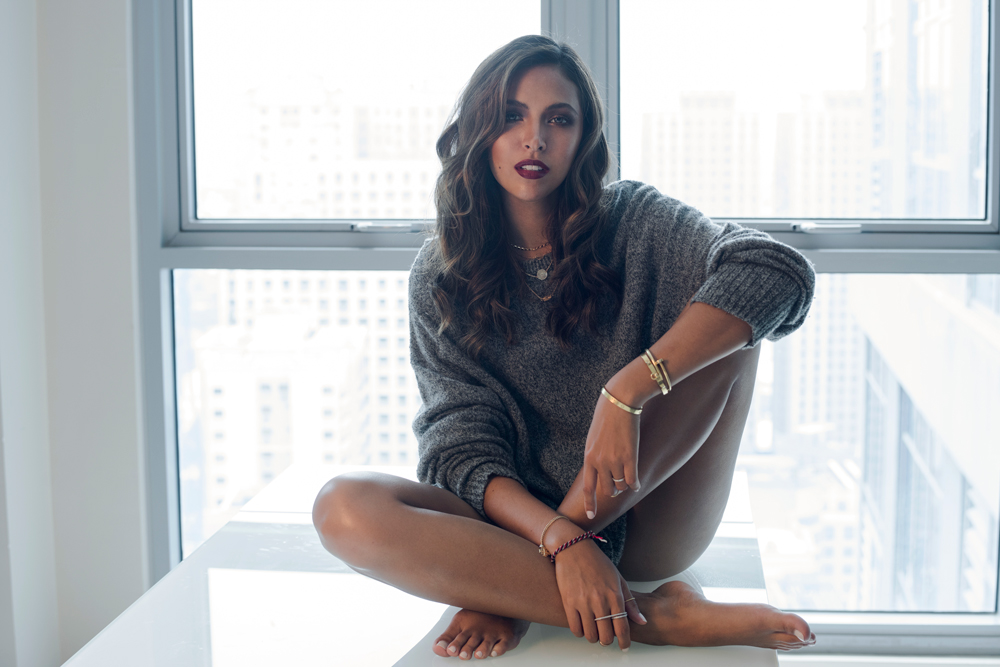
Can you give us tips on how to achieve a bikini bod? Do you follow a certain
type of exercise?
To have a bikini body? Have a body and wear a bikini! (laughs)
Is there a certain lifestyle, workout, or diet that you follow?
I’m a traditional girl in terms of workouts. I don’t really follow fads. I like my traditional weight training and my cardio. Not crazy cardio—just enough. Yeah, just traditional weight training, which I do with my trainer. He comes to my house, and it’s all free weights. I don’t use any machines. And then diet-wise, I eat whatever I want but I do intermittent fasting. So basically, what I do is I don’t eat for 16 to 18 hours. I fast. You can have water, tea, or black coffee, but no sugar, no cream. In the hours that I do, I eat whatever I want. Pizza, pasta, wine. (laughs) That’s pretty much it. I think diets are only effective to a certain number of people. I think intermittent fasting is probably the easiest thing you can do to manage your weight because you get to eat whatever you want. It’s just within a certain eating period. But at least you can have carbs, right? (laughs)
Was your fitness lifestyle the same before and after you became a mom? And what advice can you give moms who live busy lifestyles but still want to stay fit and healthy?
Oh god, no. I never worked out a day in my life before Connor. I never went to the gym. I used to be an athlete growing up, so I always played a lot of sports. But before Connor, I never stepped foot in the gym. (laughs) And of course, when I was pregnant, I gained 48 pounds during the pregnancy, which is a lot and it’s not normal to gain that much weight. I mean, it’s not healthy. Ideal weight gain is between 30 to 40 pounds, and I gained 48. (laughs) After I gave birth, I couldn’t really work out for the first eight weeks because I had an emergency C-Section. Getting into working out was hard. Again, no one likes going to the gym. But again, it’s good if you have someone to go with. Like my husband, he likes to workout. Or if you have a trainer that can call you and tell you to get it together. (laughs) Diet-wise, same thing. I sort of went back to my eating habits. When I was pregnant, I was eating all the bad stuff. I wanted muffins, cakes, and chocolate-covered strawberries. And I stuffed my face silly with whatever it is that I wanted to eat. It took me four months to get back into a swimsuit. But then again, I mean, honestly everyone’s busy. We all live busy lifestyles. Some people like to work out in the morning, I like to workout at night. I’ll workout, have dinner, and go to bed. You just have to find time, and really, it’s all about time management. All you need is a solid hour, and you’re good. You don’t have to be working out five days a week, or every day. Two to three times is okay, and manage what you eat. I’ve never had a sweet tooth. I don’t really eat fast food on a regular. It’s very rare that I have fast food. I don’t drink soft drinks. I haven’t had soft drinks in 12 years, maybe longer now. I don’t drink boxed or powder juices. If I’m going to have juice, it’s going to be fresh. Always opt for water. I think water is the best thing ever. Just cut things that aren’t necessary. When I go grocery shopping, I refuse to walk down the aisle that sells chips, chocolates, and candies. If you don’t have it in your house, you’re not tempted to eat it, right? So stock up on fruits or yogurt instead, so you’re not tempted to open a bag of chips in the middle of the night.
In terms of makeup, what’s your usual look like and what are the makeup staples in your bag?
The “No Makeup” makeup look. (laughs) You know, as I’m getting older, less is definitely more in terms of the makeup department. When we’re young, we always want to look older than what we actually are. Then when you’re a little bit older, we’re like, “No! I want to look young!” And so, I try to keep the makeup at the bare minimum. (laughs) As much as possible. In my makeup kit, I just have my concealer, a cheek tint, and my lip liner and lipstick, and that’s about it. Mascara, maybe some brow gel to keep my hairs in place, because I have bushy brows—but that’s pretty much it. I’ll look like that when I go clubbing, go to dinners, or whenever I go to events. I don’t really wear or bring any more eyeshadows, or I don’t bother contouring or highlighting anymore. Less is definitely more. And I always feel like the more natural you are, the better it is for your skin as well. I find that the less makeup I wear, the healthier my skin looks. I feel like the more makeup I wear, when you take it off, you just look more tired.
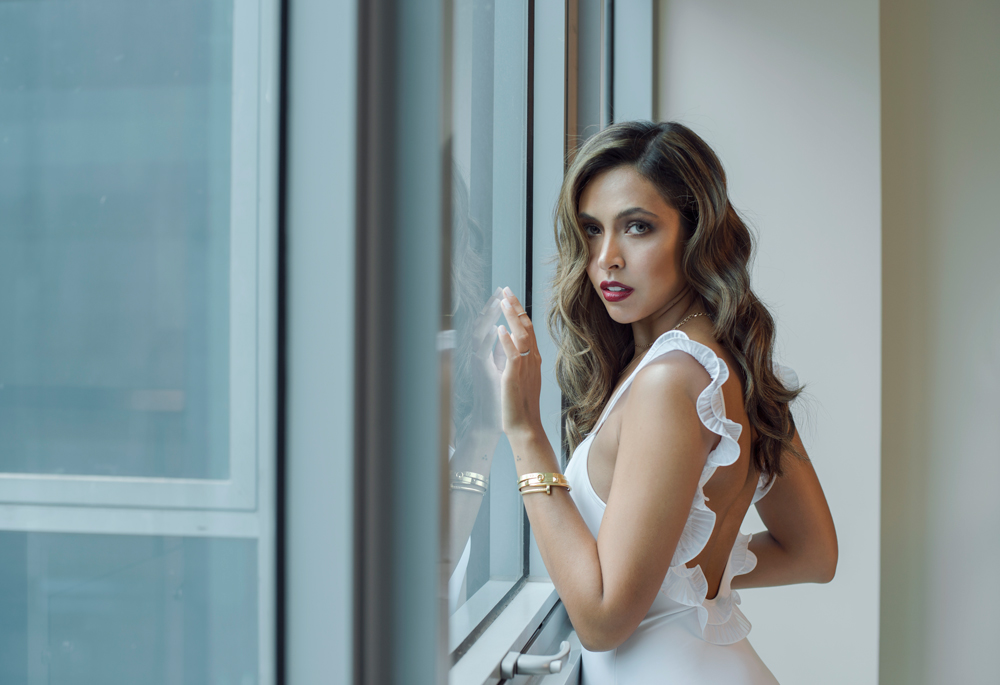
How about for skin care—what’s your morning and evening skin care routine?
Morning, I wash my face, then sunscreen. Sunscreen is my best friend. I always carry a little bottle with me everywhere I go. Even in the city. And I like to use Glossier. It’s super thin and it’s not icky at all. It dries nicely. I put that on every four hours. I like to put it on my forehead, my nose, and my cheeks, because it’s the first things that burn and get dark. You don’t realize that just because you’re in the city, doesn’t mean that you’re safe. People always only think of using sunblock when they go to the beach, but you should also use it when you’re in the city, too. And I use a moisturizer in the day time, like a gel-based one so either Biotherm or the La Mer Gel Cream. It’s light on the skin. Because we live in the Philippines and the weather is really muggy and humid, and I don’t want anything that’s going to make me feel sticky. That’s it for the day time, really. And then for night time, again, I wash my face, and I apply on serum or something a little more heavy-duty, because you’re sleeping and you’re home anyways. Every other day, I like to do a mask—like a sheet or a simple mask. Just for extra hydration because sometimes when you’re really, really oily, it’s because your skin is screaming for hydration—because it’s actually really, really dry. And then after the mask or my serum, eye cream, and then a lip balm to moisturize the lips, too, and that’s pretty much it. And I visit my derma twice a month for a facial.
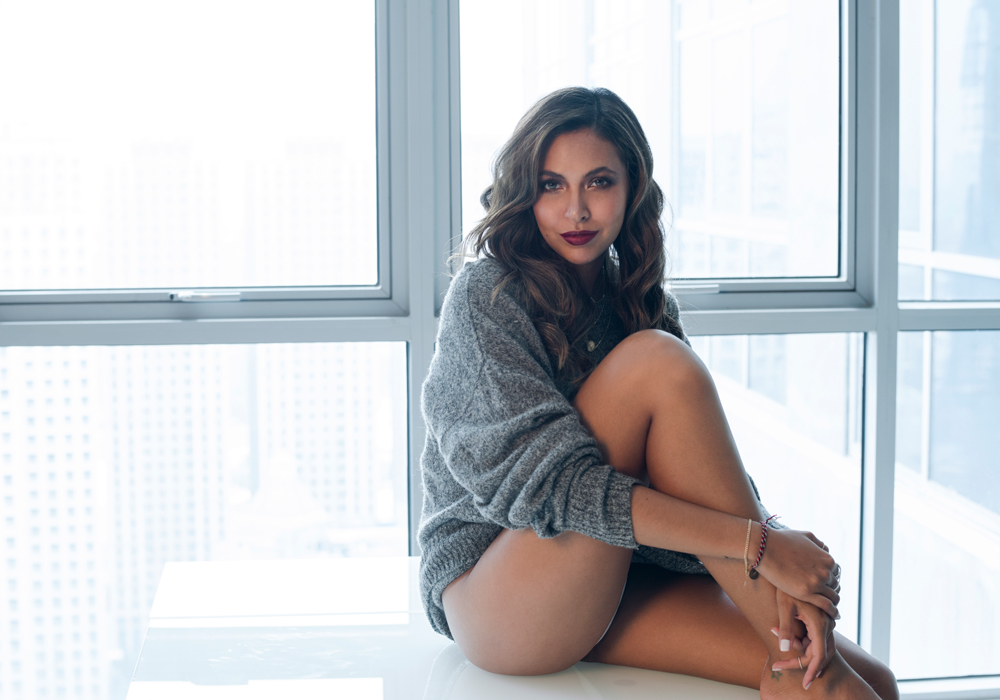
How do you care for your hair especially since you’re always at the beach?
How do you prevent it from getting damaged under the sun?
I use a leave-in or a heat protection type of spray or cream. Honestly, lately, I haven’t been doing much with it. I don’t flat iron my hair or curl it anymore. I sort of just let it dry naturally, like air dry, and I also don’t brush my hair. (laughs) I brush it literally once, after I get out of the shower when it’s wet. I brush it once and that’s it. I never brush it again until I shower again. And then, I see my hairstylist at least once a month to go in for a treatment, to refresh my hair color or whatever. The less you do with your hair, the healthier it will be. So try to get a haircut that will sort of look good even if you don’t do anything to it, or you let it dry naturally. Yeah, that’s it. I’m pretty low maintenance. I don’t have this slew of products.
Last April, you launched a new travel show on Metro Channel with Mark Nelson.
Yes, I did.
What is the most breathtaking beach you’ve been to so far here in the Philippines?
Okay, Amanpulo, I’d say is my favorite beach. Of all my travels, people don’t realize how beautiful the Philippines actually is. We go to all these places like the Maldives, Bali, and you think, “Oh, it’s prettier!” But no, the Philippines has the most beautiful beaches. I’m not being biased because I’m from here. I grew up on a beach. The city I grew up in was coastal, so I was at the beach every weekend, which was also a beautiful beach. In terms of sand quality, Amanpulo is my favorite. Diving and snorkeling, Saudi Arabia has amazing waters, and so does the Maldives. But locally, it’s Amanpulo.
The show also encourages environment conservation and taps into local non-profit organizations that tackle different issues in their area. Can you tell us more about these issues? How can non-locals like us help and support?
So every episode, we tackle an issue relevant to that area. For example, when we were in Coron, while I was paddle boarding, we noticed a lot of plastic floating around the water, and Coron is famous for their rocky islands and cliffs. They don’t have a lot of long, stretchy, sandy beaches. So a lot of the tourists get by or go around in kayaks, boats, or by stand-up paddle boarding, and when you’re paddle boarding, you really see how bad it is. Water is really clear. You can see the bottom, you can see fish, but you can also see a lot of trash. The amount of trash is shocking. And so, for Coron, Mark and I did a clean-up. We went around kayaking, and we picked up whatever it is that we can find, and honestly, you can find everything in the water. Everything from plastic bottles, to slippers, to straws, to candy wrappers, to diapers, which is disgusting! For Boracay, I couldn’t do that one because I was sick, and it involved diving.
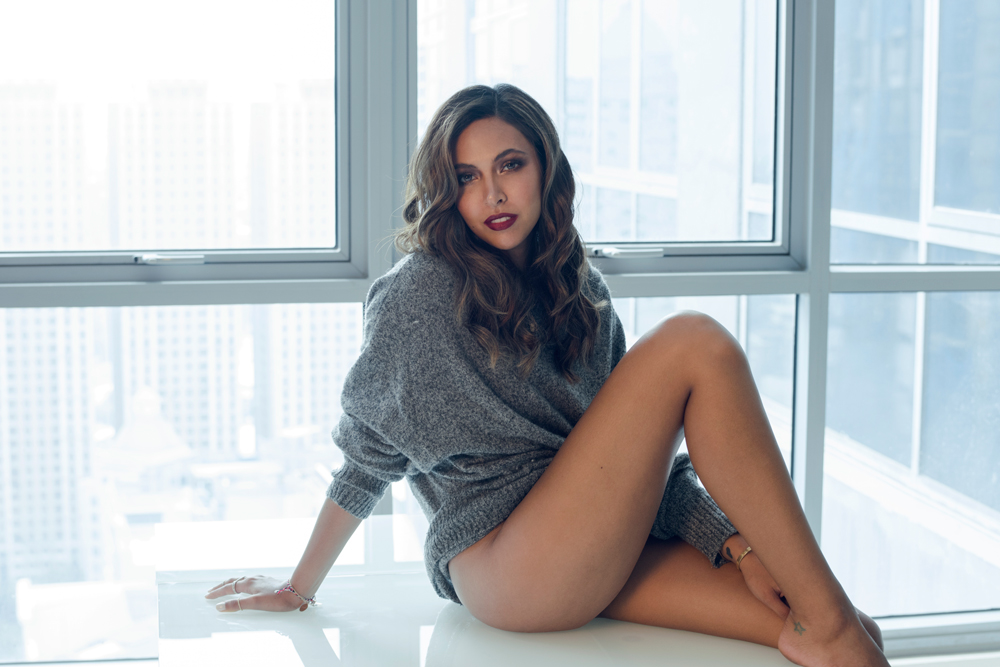
But we did a replanting for corals. Because Boracay is so tourist-heavy, or is so dense filled with tourists, and there are a lot of boats as well, and some tourists, they’re not educated. When they go swimming, or they go diving, they like to touch things. Like you’re not supposed to touch anything that’s under the water. You’re supposed to observe and appreciate, right? But because there’s a lack of education on how to behave towards the environment, again, people end up destroying it. And in Boracay, there’s a lot of dead corals. There isn’t a big coral reef to look at. It’s more like a swimming pool—it’s all sand, and that’s it. It’s sand for hundreds of meters before you actually hit a reef that looks decent. So we did some coral planting there. In Cebu, we planted giant clams. Here in the Philippines, we eat everything! Including giant clams. And same thing, there’s just a lack of education that people don’t know that giant clams are vital to having a good underwater ecosystem. And so, fishermen, you know, again, because they don’t know, there’s a lack of knowledge, they like to fish and overfish these clams. Until there’s nothing left. And so, when we were in Cebu, we did some giant clam planting, and tried to rehabilitate the area. As well as trying to rehabilitate the coral reef. And one way to do that is we plant these cages so that the corals can grow, and they attach corals to it so that the fish come back. Because if there are no corals, there are no fish. And then recently, we did Siargao. Siargao now is very popular. But it’s still quite underdeveloped compared to Boracay or Cebu, which is the beauty of it. But with that said, there is a lot of trash that wash up onto the shore. There are just some certain areas around the world where the people there may not be trashy or messy, but the tides bring in the plastics from other parts of the world and they wash up onto shore—and Siargao is one of those places. They have a lot of plastic washing up on shore, and out of all the places that we’ve been to, the community of Siargao, they have it together. They’re really working hard as one community to figure out ways on how to dispose of plastic, recycle and reuse it. There was one group there called “Siargao” that collects plastic, and they get all the kids involved at school. They collect the plastic—and it’s everything from the plastic that they wrap the apples in, to trash bags, to water bottles, to Styrofoam—and what they do is they grind the plastic down and they turn it into stuffing for pillow cases, which is a great idea! I learned that one drum, one giant bin of plastic, can make you one pillow. So it’s an awesome and sustainable way to sort of reuse or recycle the plastic, or reuse the trash, but even if we’re reusing it or recycling it, there’s still so many trash being thrown away on a daily basis. Another initiative that we featured in Siargao was the “Sun Crew of Siargao,” also involving kids. Basically starting them young, teaching the kids while they’re still young on how to care for the environment. The most alarming thing I saw was when we were doing the beach clean-up with the Sun Crew, there was a lot of microplastic on the beach. Not necessarily plastic bottles. Microplastic are pieces of plastic that have been in the ocean for so long that they’ve been broken down into smaller pieces, and these pieces are tiny, and pieces that small can be consumed by smaller fish, the fish that we eat, the fish that we consume, right? And it’s sort of a chain reaction. If the smaller fish consume it, the bigger fish will eat it, and so on and so forth, until the fisherman catches that fish, and it ends up on our dinner table, and we don’t know we could be eating it already because it’s so small, and because they can digest it. That, for me, is the most alarming. And again, people are just not educated enough about what’s happening. There’s so much plastic and I mean, I guess, what Mark and I want to convey is to reduce the use of single-use plastic. I think in that sense, just by bringing your own straw (like a bamboo or steel straw) with you to a coffee shop, or if you order a Frappuccino, don’t ask for a straw—just bring your own. Just by doing that one thing can already help make the world have less plastic. Or maybe even bringing your own shopping bags when you’re grocery shopping instead of using plastic, or bringing your own cutlery as well! Like if you go to a fast food joint, they’ll always give you plastic fork or spoon, so if you bring your own cutlery, then you won’t have any use for the plastic. Little things like that can contribute already to lessening the use of single-use plastic. It may sound very small and very miniscule, but if enough of us do it, then there’ll be an impact. And of course, there are those communities, groups like the Nature Kids of Siargao, that are taking that plastic, and recycling it, and putting it into good use. It’s so cool because the resorts are getting in on it. And of course, with resorts, it’s inevitable. They’ll always have trash, they’ll always have plastic—but they donate this plastic and trash, and then they buy pillows and bean bags from the Nature Kids of Siargao to sort of help sustain that organization. And in that sense, also helping the environment. So it’s really nice. I think of all the places we’ve been to, Siargao has basically the sense of saving the environment or making a better world for the kids of our kids. They really have thought it out on how they can best attack it and educate.
Cover Story By: GRETCHEN GATAN
Art Direction: MARGAUX CORTEZ
Editorial Assistant: MAAN FERNANDEZ
Editorial Intern: ANNE NAVARRO
Videographer: RICHARD WEBB
Photographer: KHARREN GRANADA
Makeup: JAKE GALVEZ
Hair: SUYEN SALAZAR
Stylist: POY VILLAMONTE AND YZZA HABLADO FOR THE STUDIO GREY
Special thanks to: CLOVER PH SUITES




